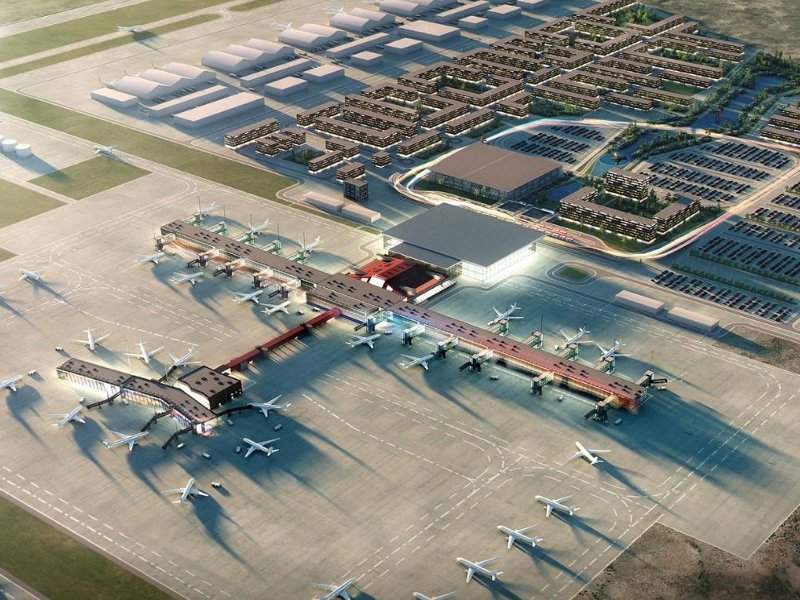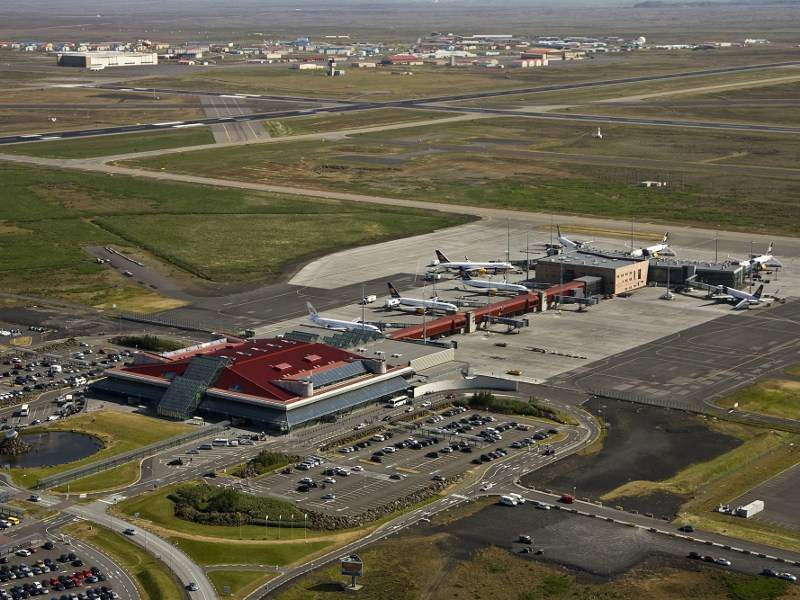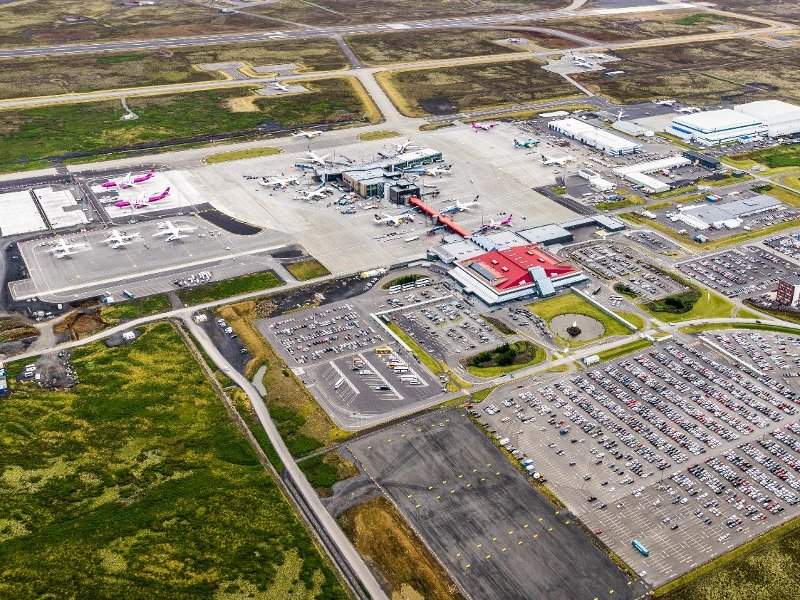Keflavik International Airport, the biggest airport in Iceland, is set to undergo a major expansion to meet the needs of growing passenger traffic.
Also known as Reykjavík-Keflavík Airport, it was originally built by the US military during World War II.
The project will initially include expansion of the existing passenger terminal. Design work for the first phase of the passenger terminal development is expected to start in 2018, with completion scheduled for 2021.
The terminal expansion, as outlined in the airport’s 2015 masterplan, will allow it to meet the future demand of 14 million passengers a year by 2040.
The airport handled 8.7 million passengers, 93,477 aircraft movements and 56,101t of cargo in 2017. The annual passenger traffic is expected to reach ten million by 2020.
Keflavik International Airport masterplan
Keflavik Airport’s latest masterplan, which was published in 2015, forecasts passenger traffic to grow to 14 million a year by 2040.
The proposed masterplan was developed by Isavia in collaboration with Nordic Office of Architecture and COWI. The plan proposes phased development of the terminal building along with area land use for the airfield’s development and an environmental plan to meet all environmental standards.
The land use plan will include improvements to runways, apron, technical service areas, terminal area, and parking. A new 2,500m runway along with a taxiway is proposed to be built parallel to the existing RWY 02/20, with an aim to provide independent parallel operations.
The 2015 masterplan also proposes the construction of a satellite station and a fire rescue station on the east apron. A new air traffic control (ATC) tower is also proposed in order to control the six runways.
The masterplan further outlines the creation of a high-speed rail connection between Keflavik Airport and Reykjavik city centre. The terminus of the railway line is anticipated to be located at the north side of the new terminal.
Keflavik International Airport terminal expansion phase one details
The existing 61,000m² passenger terminal building, known as Leifur Eiríksson Air Terminal, has north and south buildings connected by a corridor. The terminal is proposed to be expanded by 30,000m² to better accommodate the growing passenger traffic.
The terminal expansion will be carried out in two phases, with phase one involving the extension of the north building towards the east in order to accommodate baggage screening, and later towards the south to expand the waiting, shopping and dining areas.
Phase one will also cover construction of the east pier, the addition of aircraft parking stands to the south of the pier, expansion of waiting areas at gates, and new retail and dining areas to improve the passenger experience.
The third level of the north building will house border control facilities for non-Schengen passengers passing through the east pier.
Details of phase two terminal expansion
The second phase of the terminal development will involve the addition of 17 aircraft gates along with airbridges and gates for remote stands in the east pier to serve all passengers.
It will also include new aircraft parking stands on the north side of the east pier to reduce traffic. The ground floor of the east pier will accommodate baggage sorting system (Pier Make-up Zone) and bus / coach gates.
Phase two will cover the extension of the north building to add new processing areas for arriving and departing passengers.
The north building will become a new terminal connecting the east pier and the terminal upon completion of the expansion.
The first level of the north building will accommodate arrival baggage carousels, customs facilities and a hall for arriving passengers, while the second level will feature a check-in hall and a security screening area for departing passengers.
Financing
The Nordic Investment Bank (NIB) agreed to provide €32m ($37.3m) for the airport expansion in December 2014.
The European Investment Bank (EIB) provided a loan of Ikr12.5bn ($120m) towards the renovation of existing infrastructure at Keflavik Airport in February 2018.
Contractors involved with Keflavik Airport expansion
Nordic and COWI won the five-year framework contract for the future development of Keflavik International Airport in September 2018.
ArkÞing and Teiknistofan Tröð will provide architecture and planning for the project, while EFLA will provide engineering and consulting services for the airport development.






